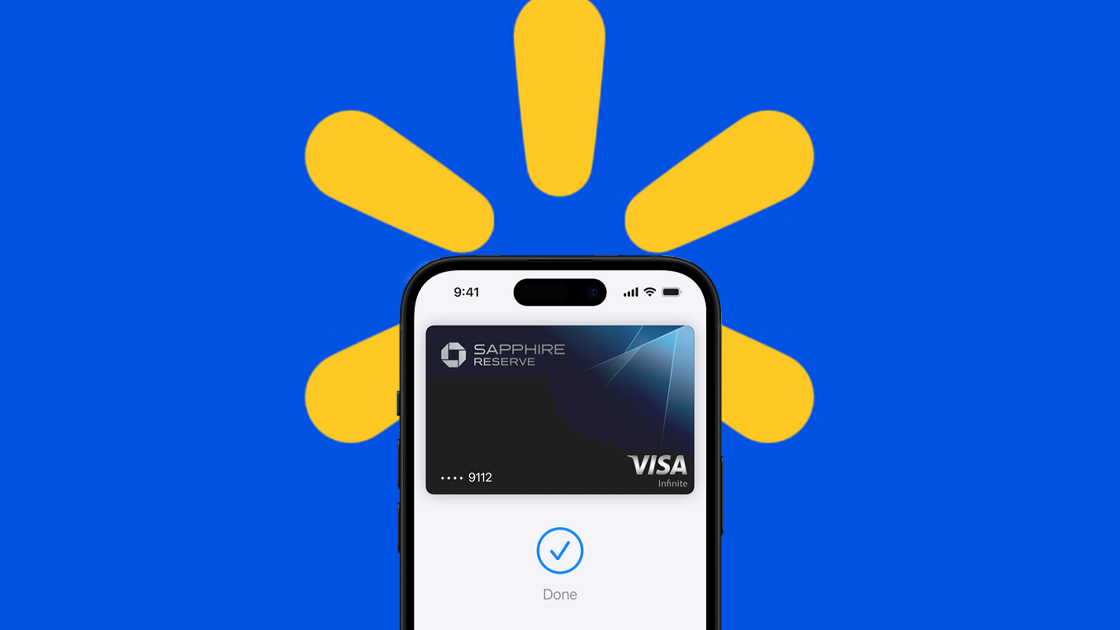Walmart Still Doesn't Accept Apple Pay in U.S. Despite Daily Complaints
Walmart's Stubborn Resistance to Apple Pay: A Continuing Saga
For years, customers have voiced their frustration over Walmart's refusal to accept popular contactless payment methods like Apple Pay and Google Pay in its over 4,500 US stores. Despite countless complaints, Walmart remains steadfast in its decision, leaving many shoppers wondering why.

Walmart's Stance: A Focus on Proprietary Systems
Walmart has consistently maintained that its focus remains on its own in-house payment systems: Walmart Pay and Scan & Go. These services are integrated within the Walmart app, allowing the company to track customer purchase history and potentially influence future marketing strategies. A Walmart spokesperson previously stated that the company’s commitment to its own payment technology is the primary reason for not adopting Apple Pay or Google Pay.
Walmart Pay utilizes QR code scanning at the checkout, requiring customers to have their payment card information stored within the Walmart app. This approach offers Walmart more control over transactions and data collection.
Scan & Go, a feature available to Walmart+ members, streamlines the shopping experience by allowing customers to scan barcodes as they shop, eliminating the need to scan every item again at self-checkout. This feature enhances efficiency and encourages membership sign-ups.
We have reached out to Walmart for an updated statement on their payment policy, and will update this article if we receive a response.
The Prevalence of Apple Pay: A Growing Standard
Apple Pay, launched over ten years ago (Apple's 10 Year Anniversary of Apple Pay), has become widely accepted across the US retail landscape. By 2022, Apple reported that Apple Pay was accepted at over 90 percent of US retailers. The convenience and widespread adoption of Apple Pay and other contactless payment methods have made them increasingly popular with consumers.
Other Retailers Embrace Contactless Payments: Walmart Remains an Outlier
Several major retailers that previously resisted Apple Pay have recently adopted it, highlighting the growing trend towards contactless payment options. This list includes prominent companies like The Home Depot (Home Depot's Apple Pay Rollout), Lowe's (Lowe's Adoption of Apple Pay), Kroger (Kroger Embraces Apple Pay), and H-E-B (H-E-B Joins the Apple Pay Movement). This leaves Walmart as a significant outlier among major US retailers.
A Geographic Anomaly: Apple Pay Accepted in Canada
Interestingly, Walmart *does* accept Apple Pay in Canada, suggesting the company's resistance is not entirely due to technical limitations or fundamental objections to the technology itself. The discrepancy between its Canadian and US operations raises questions about the rationale behind the US policy.
The Customer Perspective: Frustration and Inconvenience
The ongoing refusal to accept Apple Pay and Google Pay results in considerable inconvenience for many Walmart shoppers. Customers accustomed to the speed and ease of contactless payments are forced to use alternative methods, often resulting in longer checkout lines and frustration. The lack of contactless payment options might even deter some customers from choosing Walmart.
Potential Reasons for Walmart's Resistance: Beyond the Official Explanation
While Walmart's official stance centers on its commitment to its proprietary payment systems, other factors may contribute to its resistance. These include:
- Transaction Fees: Processing payments through third-party systems like Apple Pay and Google Pay might involve transaction fees that Walmart seeks to avoid by using its own system.
- Data Control: Walmart's own payment systems provide valuable data on customer purchasing habits, which can be used for marketing and inventory management. Using third-party systems might limit this data access.
- Brand Loyalty: Encouraging use of Walmart Pay strengthens brand loyalty and integrates the payment process within the Walmart ecosystem.
- Negotiating Power: Walmart's significant size and market share allow it to negotiate favorable terms with payment processors, potentially giving it less incentive to adopt widely used contactless payment solutions.
The Future of Payments at Walmart: A Prediction
While Walmart's continued resistance to Apple Pay and Google Pay is puzzling given the industry trends, several possibilities remain. The company might eventually succumb to customer pressure and the growing dominance of contactless payments. However, its continued success with Walmart Pay and Scan & Go suggests that they might choose to maintain their current strategy for the foreseeable future. Ultimately, only time will tell whether Walmart’s stance remains unchanged, or if they will eventually embrace the convenience and widespread adoption of Apple Pay and other contactless payment methods.
Conclusion
Walmart's refusal to accept Apple Pay and Google Pay in its US stores remains a noteworthy anomaly in the retail landscape. The reasons behind this decision are complex and likely involve a combination of financial considerations, data control, and brand loyalty strategies. Despite widespread customer frustration and the growing industry trend towards contactless payments, Walmart continues to prioritize its in-house payment systems. The long-term implications of this strategy remain to be seen.
This article, "Walmart Still Doesn't Accept Apple Pay in U.S. Despite Daily Complaints" first appeared on MacRumors.com
Discuss this article in our forums
from MacRumors
-via DynaSage

